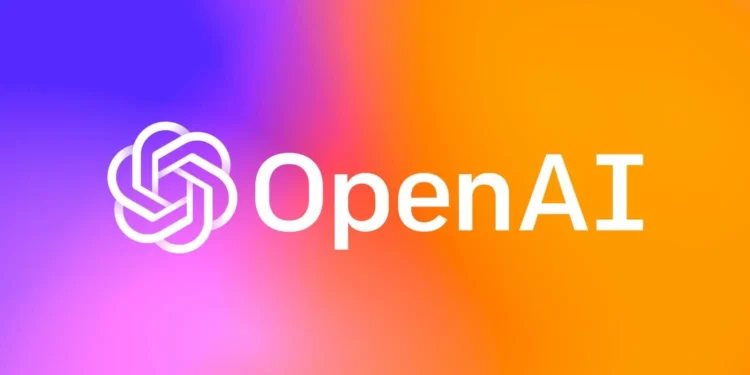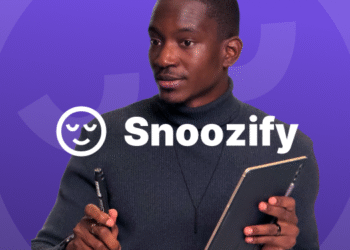OpenAI has expanded its multimodal capabilities by launching ‘gpt-image-1,’ a powerful image generation API that extends the technology behind ChatGPT’s popular image generator to third-party applications. This strategic move allows major creative platforms to integrate OpenAI’s acclaimed image creation capabilities directly into their tools, potentially transforming creative workflows across industries.
What is gpt-image-1?
The new offering makes OpenAI’s “natively multimodal model” available to developers through the company’s API services. This is the same technology that recently brought a surge of users to ChatGPT thanks to its versatile image generation capabilities.
“The model’s versatility allows it to create images across diverse styles, faithfully follow custom guidelines, leverage world knowledge, and accurately render text unlocking countless practical applications across multiple domains,” OpenAI explained in its announcement.
Major Integration Partners
Adobe Implementation
Adobe is incorporating the technology into its creative ecosystem, including Firefly and Express apps. This integration gives creators the flexibility to experiment with different aesthetic styles – a feature valued by business professionals, consumers, and creators alike when generating new ideas.
Figma Integration
Figma has begun rolling out capabilities that leverage ‘gpt-image-1’ across its platform. Starting today, users can generate and edit images within Figma Design using simple prompts – enabling designers to adjust styles, add or remove objects, expand backgrounds, and more. This integration allows designers to rapidly explore ideas and iterate visually without leaving the Figma environment.
Additional Partnerships
OpenAI mentioned it’s “continuing to work with developers and businesses to uncover more ways image generation in the API can serve their use cases,” including partnerships with Canva, GoDaddy, and Instacart. These collaborations suggest the technology will soon be accessible across a wide range of platforms serving different industries.
Technical Access Information
The “gpt-image-1” model is initially available through OpenAI’s Images API, with broader implementation expected in the coming months. Developers interested in incorporating these capabilities into their applications can access the model through OpenAI’s developer platform.
Market Impact and Future Outlook
This expansion represents a significant step in democratizing advanced AI image generation by making it accessible to developers and businesses beyond OpenAI’s own platforms. As these capabilities become integrated into widely-used creative and business tools, we can expect to see new applications and workflows emerge that leverage AI-generated imagery in increasingly sophisticated ways.
For designers, marketers, and content creators, these integrations promise to streamline workflows and expand creative possibilities, potentially reducing the time and resources needed to produce high-quality visual assets.








